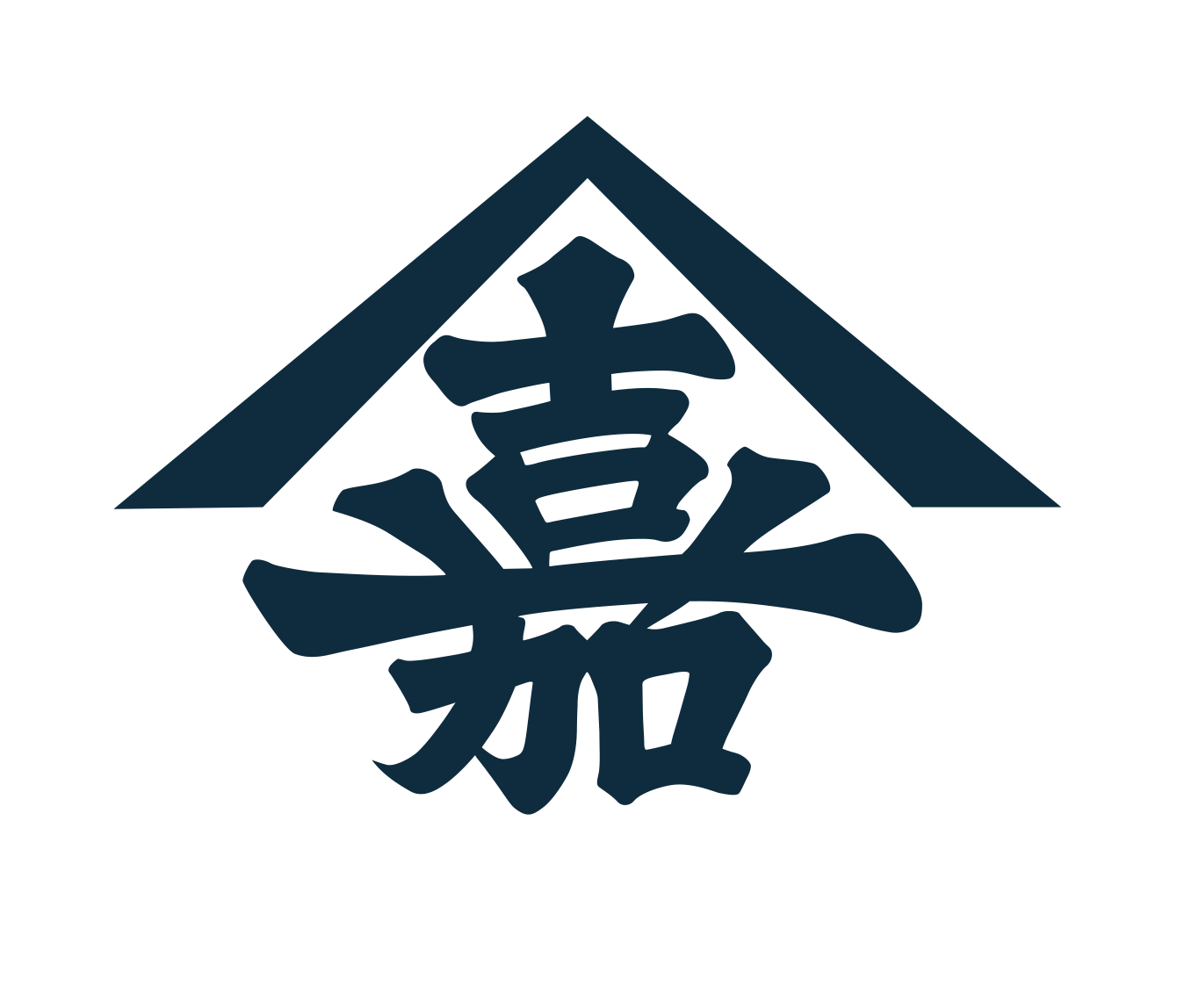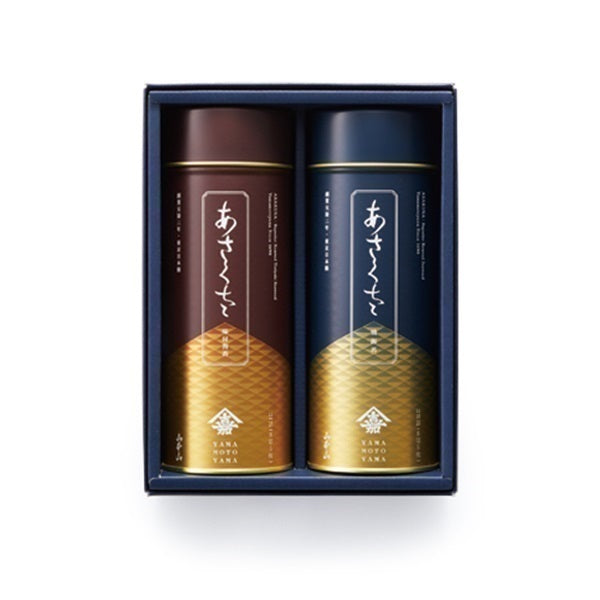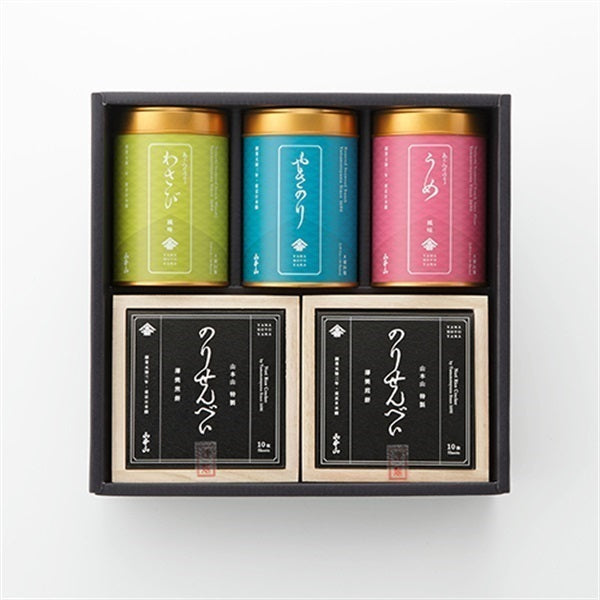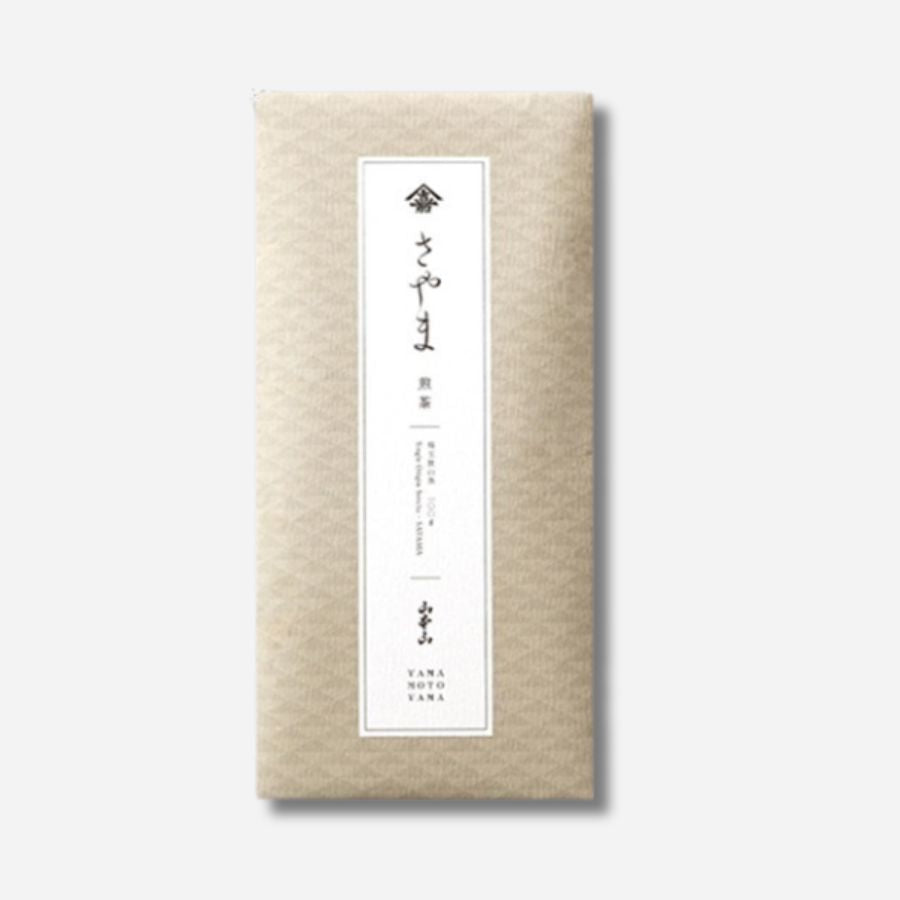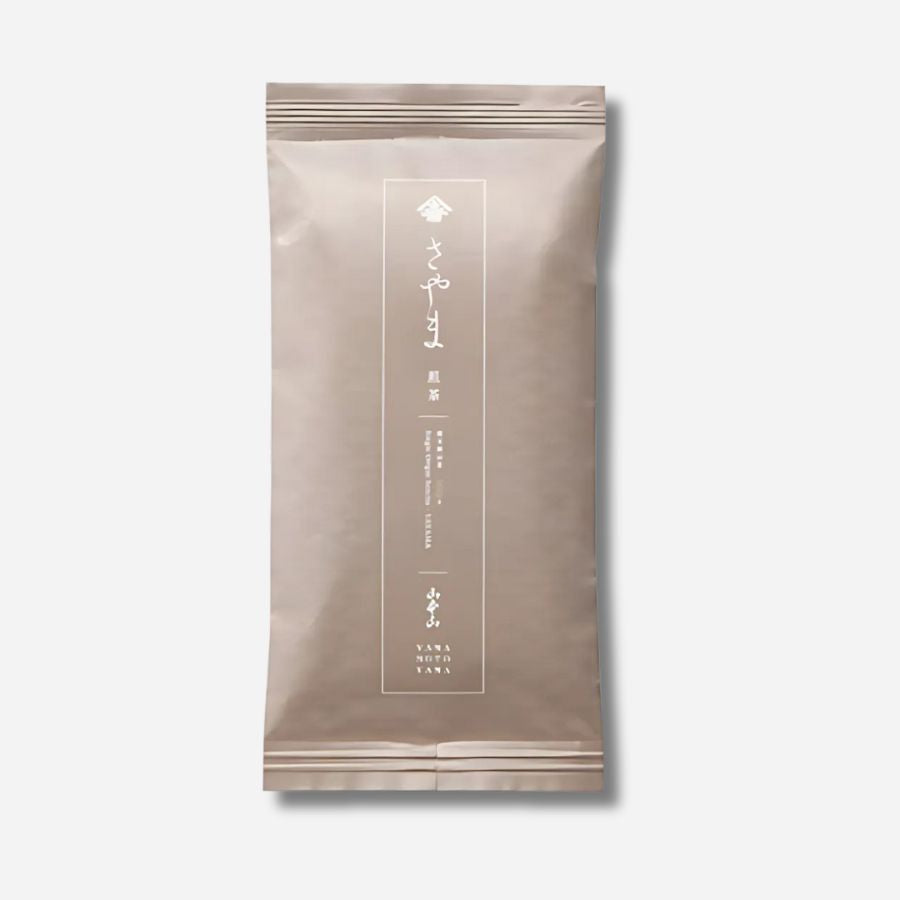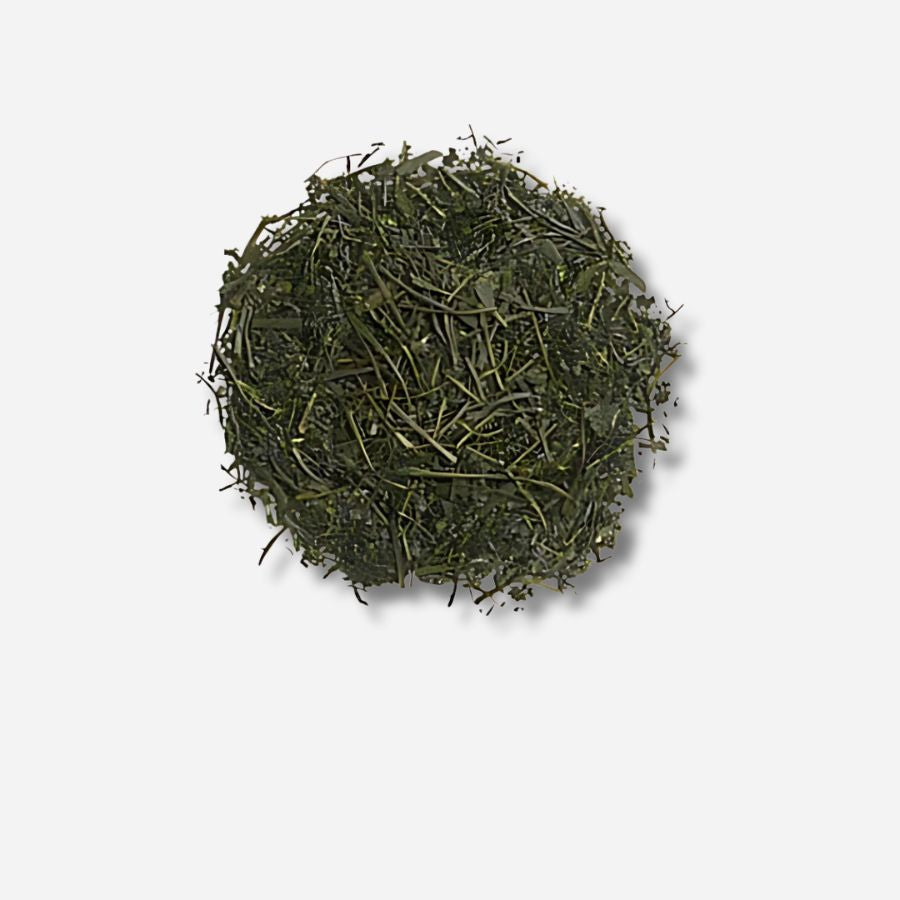
Visit Sayama, a tea-producing region - Saitama also has famous tea! The history of Sayama tea and its unknown charms

Introduction
If someone asked you, "What comes to mind when you think of Saitama?" What would you think of? Perhaps it would be the prefecture's rich nature, historical buildings, or vibrant cityscapes.
However, did you know that this area also has a famous tea that boasts a thousand-year history?
It's called "Sayama Tea."
This time, we will introduce you to the unknown and fascinating background of this place.

Beyond a Thousand Years - Sayama Tea, its Historical Footprints
Sayama tea is a type of sencha tea that is mainly produced in Iruma County, including the cities of Iruma, Tokorozawa, and Sayama in the southwest of Saitama Prefecture.
Among them, Iruma City is known as the area with the highest production volume.
Its history is said to date back to the Heian period, and there is a legend that it began when Kobo Daishi planted tea seeds in the fields of Kawagoe.
These areas were home to large Tendai Buddhist temples that wielded great influence in the Middle Ages.

In the Tendai sect, tea has been used as an offering in ceremonies since the Heian period, and it is said that tea was supplied by its head temple, Enryakuji Temple on Mount Hiei.
During the Kamakura period, the way of drinking matcha (tenchaho) became widespread and tea consumption increased. As a result, the supply from the head temple was no longer sufficient, and local temples, including Sayama, began to cultivate and produce tea to be self-sufficient.
However, after the subsequent wars caused the influential temples to decline, these tea-producing areas also fell into disrepair, and the once-thriving tea plantations disappeared.

As time passed, in the late Edo period, the "Aosei Sencha manufacturing method" (developed by Nagatani Soen) of Uji tea, which was popular in Edo, was brought to Sayama.
The tea farmers of Sayama were convinced of this possibility and devoted themselves to serious research into tea cultivation, a quest that reportedly took as long as 10 years.
They did not simply teach themselves, but traveled to Uji to learn the advanced tea-making techniques, and then presented the tea leaves they had painstakingly produced to the Edo tea merchant "Yamamotoyama" with confidence.
The encounter between the fifth-generation Kahei Yamamoto and Sayama tea
In the history of Sayama Tea, the encounter with the fifth generation Kahei Yamamoto Tokujun marked an important turning point that would greatly influence the company's subsequent development.
In 1816, tea leaves from the Sayama Hills, whose existence was still unknown only to local people, were delivered to Yamamotoyama in Edo.
The fifth head of Yamamotoyama, Kahei Yamamoto Tokujun, was immediately captivated by the deep, rich flavor of this tea as soon as he tasted it. He praised the tea lavishly and promised to actively introduce it to the Edo market through his company's sales channels.
Its outstanding quality quickly gained a reputation in Edo, delighting the palates of many and earning high praise. As a result, the name of Sayama tea spread widely throughout Edo, and a solid foundation was built for its subsequent development.
This encounter and its subsequent success in the marketplace were important steps in establishing Sayama tea's status as a fine tea of the Edo period.

A testimony of gratitude engraved in Sayama
On the north side of the Sayama Hills, behind Izumo Iwai Shrine, there are two stone monuments that tell the history of Sayama Tea.
In addition to their historical significance, these stone monuments also possess value as works of art that embody the inscriptions that serve as precious records of the time, as well as the skills of leading scholars, calligraphers and sculptors.

The above "Juheki Tea Factory Monument" was erected in 1832, about 10 years after Yoshikawa Onkyo and Murano Morimasa, who were the first locals to successfully mass-produce steamed sencha, began trading with Edo tea wholesalers such as Yamamotoyama.
The inscription on the monument reads, "Sayama has long been a land that produces high-quality tea, but tea cultivation had fallen into disuse for a long time. However, during the Bunsei era, Murano Morimasa and Yoshikawa Atsutaka, in cooperation with Yamamoto Tokujun (Yamamoto Kahei V) of Edo, once again opened tea fields at the foot of Sayama, in an attempt to revive tea cultivation that had been discontinued for hundreds of years."

Next to it stands the Chabago Monument. This monument was erected in 1876, when tea exports to America were at their peak, and it records the remarkable development of the Sayama tea industry after the "Jubeki Chaba Monument."
Amazingly, the inscription vividly describes the enthusiasm of the time, when Sayama tea had gained a reputation on a par with that of tea from the famous Uji region, and Western buyers showed no interest in any other tea.

The title "Kasanete Byaku" (to repeat) means to restart tea production that had once been discontinued, and is also the origin of the name of the current regional brand "Sayama Tea."
At the end of this stone monument, which overlooks the hills, are inscribed words that offer encouragement for the future of this tea-growing region: "Let's watch from here for a while to see whether our descendants can work together to continue to protect this tea-growing tradition."
This is a sentence that conveys the expectations of our predecessors and a warm look toward the future.

Also, when talking about the history of Sayama tea, one cannot avoid the Sayama Tea Plantation Monument that stands at Shoryuzan Hosenji Temple.
This stone monument, erected in 1971, is engraved with an inscription written by the renowned Confucian scholar Sato Issai in 1857 (the 4th year of the Ansei era) at the end of the Edo period. The inscription tells the story of how the Sayama tea industry was rebuilt after it had fallen into ruin, and the enthusiasm of the people at the time.


The unique characteristics of Sayama tea, nurtured by the climate of Sayama
The tea plantations, which spread across the gentle slopes of the Sayama Hills, are surrounded by lush greenery and are nurtured in dazzling sunlight.
The large temperature difference between day and night caused by the inland climate peculiar to this region is a key factor in bringing out the deep flavor that is unique to Sayama tea.
In areas with large temperature differences, tea leaves grow slowly. This slow growth allows the umami components of the tea leaves to develop slowly. Specifically, the tea leaves contain fewer catechins and more amino acids, resulting in tea with less bitterness and astringency, and a more pronounced umami and sweetness.
In addition, the well-drained red soil of the Kanto Loam layer that makes up the Musashino Plateau also provides fertile soil that is ideal for cultivating tea.

By the way, tea plants are trees that naturally prefer warm climates and are not very resistant to cold.
However, Sayama tea is produced in the northernmost large tea-growing area in the country, and is subject to harsh weather conditions.
For this reason, Sayama's tea farmers have been making extraordinary efforts over the years.
They have continued to pursue their own unique tea cultivation methods, such as improving varieties of tough tea plants that can withstand the cold and bringing out the unique characteristics of the tea leaves grown in this harsh land.

Sayama tea has long been praised locally as "the color is from Shizuoka, the aroma is from Uji, and the taste is from Sayama."
Its most notable feature is the unparalleled aroma produced by the high-temperature "Sayama heating" process used in the finishing process.
Furthermore, as mentioned above, the thick tea leaves that are grown slowly under harsh weather conditions give them a sweet, rich and full-bodied flavor.

Another major feature that supports the flavor of Sayama tea is its "own garden, own production, own sales" style, which is rare in other tea-producing regions, in which the farmers themselves are involved in everything from growing the tea leaves to processing the tea and selling it.
This is not simply a pursuit of efficiency, but a reflection of the producers' unwavering pride and absolute confidence in the quality of the tea leaves they have lovingly grown with their own hands, processed using a method that satisfies them, and their desire to deliver their delicious flavor directly to customers.

summary
When you take a sip of Sayama tea, its rich, deep flavor will first spread and slowly envelop your entire tongue.
It is a rich memory nurtured by Sayama's climate, with its extreme temperature differences, and the mineral-rich Musashino Plateau.
The finishing touch, the "Sayama heating" process, gives it a nostalgic aroma that adds a warmth.
"The color is from Shizuoka, the aroma from Uji, but the taste is from Sayama." As this saying suggests, Sayama tea is not just about its gorgeous appearance; it is the definite satisfaction you feel when you put it in your mouth that makes it a unique product.
This is a flavor that can only be found in Sayama, as the tea farmers have painstakingly grown it throughout the year and carefully finished it with their own hands.
The history of Sayama tea, which has been rooted in this land for over a thousand years, and the passion of the people who are dedicated to this land are condensed into one cup of tea.
